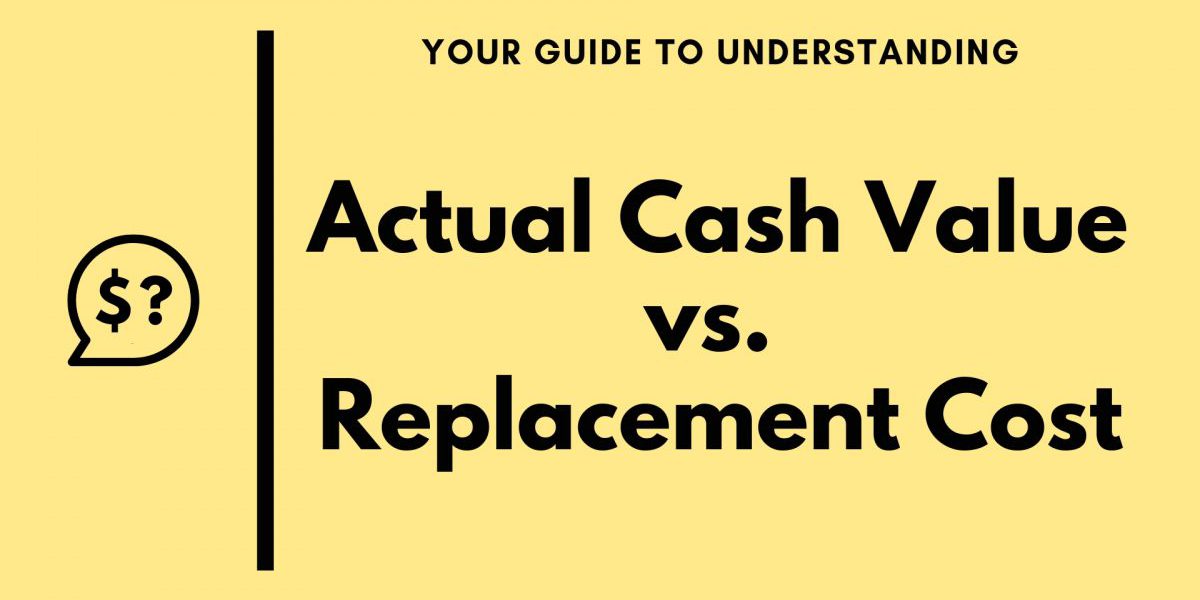Generally, insurance is designed to put customers in the same financial position that they were in before a loss occurred. This is not always the case if you look further into the details of your insurance policy, as not all policy wordings are the same. When purchasing insurance, the calculation that determines what you will receive in the event of a loss is accomplished through two main methods: actual cash value (ACV) and replacement cost. Each option results in a different level of protection and affects premium amounts. It is important to understand the difference between the two policy types and when it might make sense to use each one.
How it Works:
There are two main methods used to determine what is owed under your insurance policy in order to reimburse your damaged, stolen, or destroyed personal or business property: Actual Cash Value (ACV) and Replacement Cost.
Actual cash value:
ACV is the value of property that is the same age, and in similar condition to the property or item that was lost or damaged. This is often defined as “fair market value”. In accounting terms, this is defined as acquisition cost less depreciation.
ACV policies are typically more affordable, but they may turn out to be less cost-effective if you end up having to make a claim. In most cases, the items you have purchased will not be worth as much as when you originally bought them. For example, if you were to sell your used item on a classified advertising service like Craigslist, you typically wouldn’t advertise the item for the same price you paid for it initially.
How is depreciation determined?
Different insurance providers have varying ways to calculate depreciation. One formula that is used is the item’s replacement value less the amount it has depreciated. Depreciation can be determined by an item’s value in relation to its life expectancy. Insurance companies will use standard guidelines, sometimes referred to as “depreciation tables” to determine an item’s value. There are also specialized appraisal services that help insurers determine the ACV of an item.
Replacement cost:
Replacement cost means the cost to repair or replace an item brand new with no deduction for depreciation.
A customer will generally pay higher premiums on replacement cost because an item subject to years of depreciation can still be replaced brand new. This is a valuable policy method for items where technology is rapidly changing, causing older items to depreciate faster, such as a TV or laptop.
Most insurance companies will make two separate payments for the replacement cost. The first will be the actual cash value of the item, and the second payment will usually require you to submit a receipt after purchasing and replacing the item before they will pay you the remainder.
As a final note, it is always a good idea to keep a detailed inventory and receipts for valuable items, as well as updated photos of them in case of a significant loss.
Because replacement cost results in higher insured payouts, it is considered the better option as well as the industry standard for property insurance coverage. If you are not sure if your policy is on an ACV or replacement cost basis, speak to one of the experts at Fuse Insurance.
READ MORE: 14 Terms to Understand in your Business Insurance Policy
Fuse Insurance Ltd. is the evolution of the commercial insurance brokerage, and the first of its kind in Western Canada. Backed by policies from a selection of A-rated insurers, Fuse Insurance can provide coverage for businesses large and small from almost any industry. For further information or to get an online quote now, click here or call us at 1-866-387-FUSE (3873) for more details.






